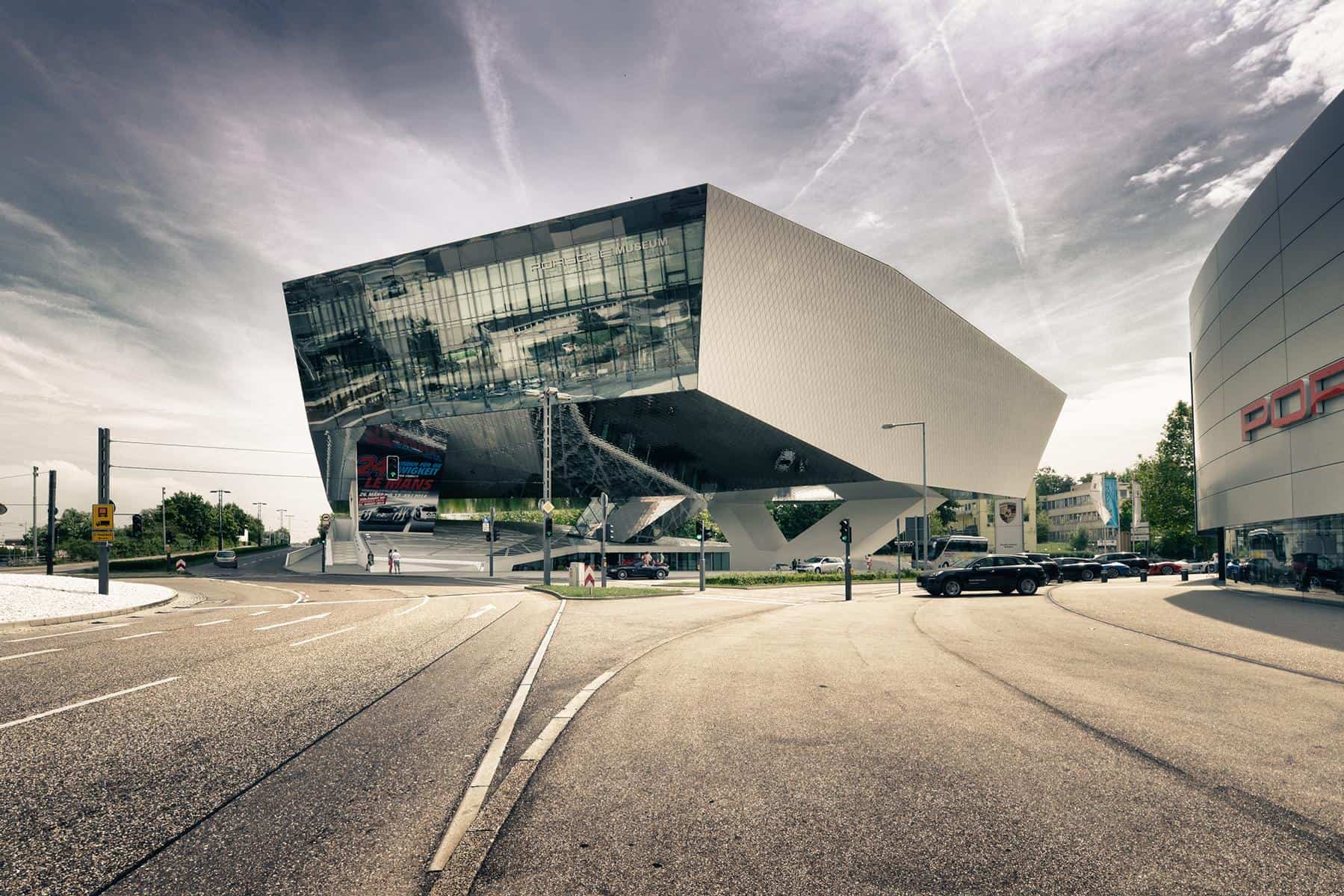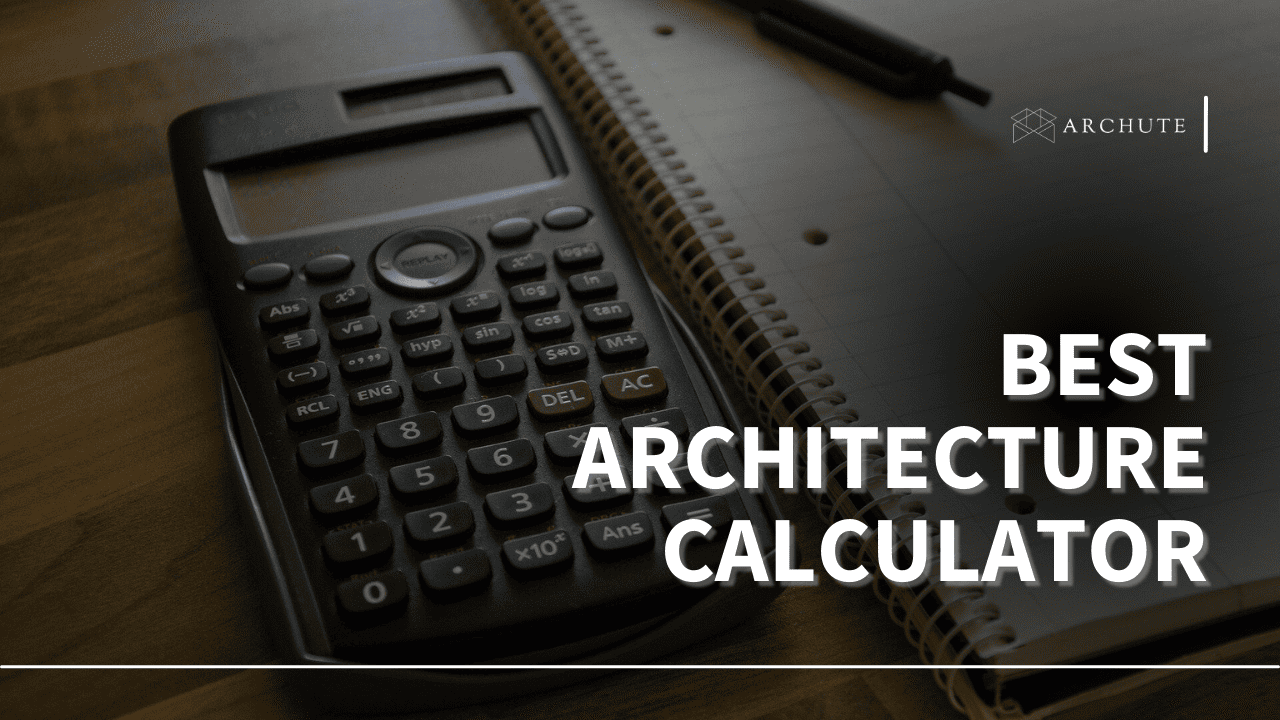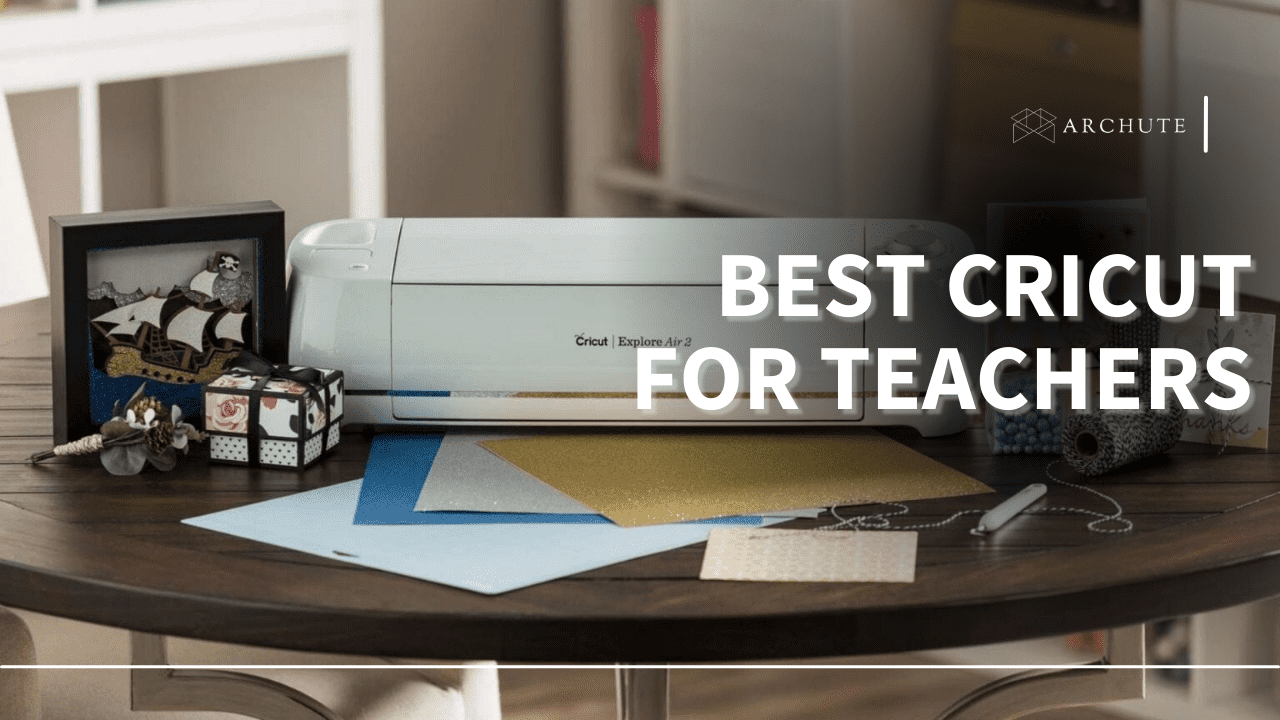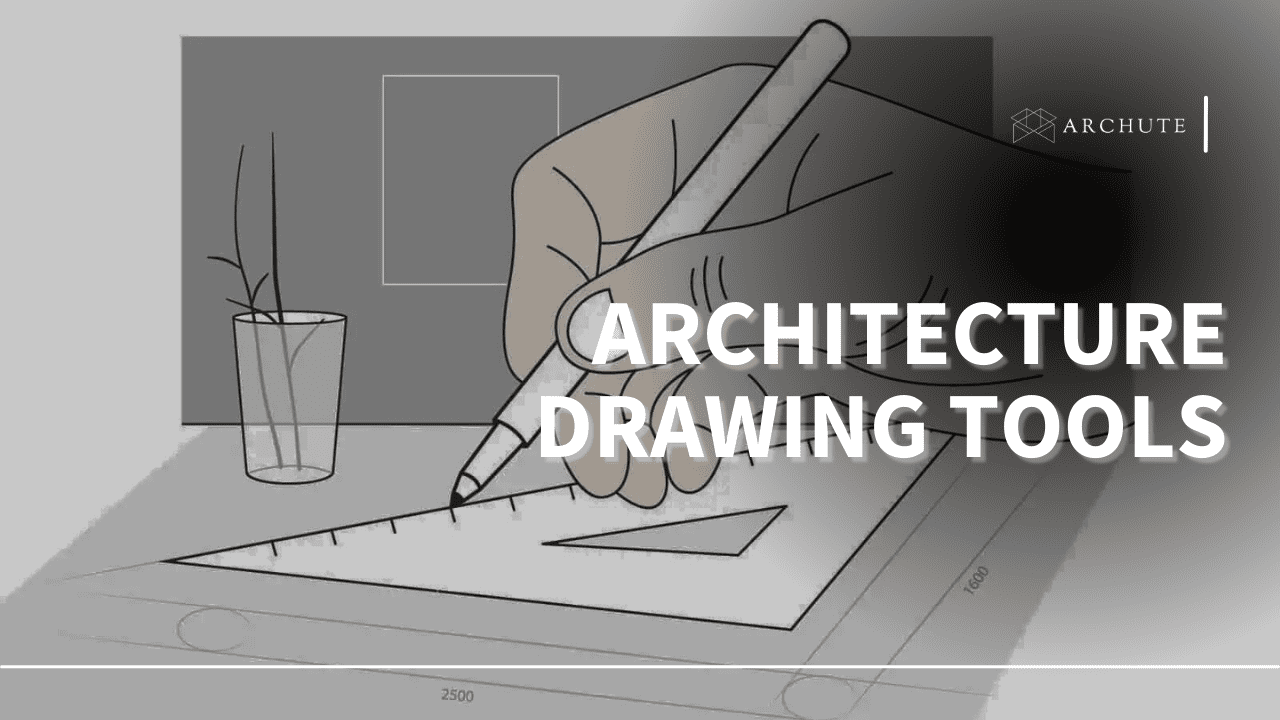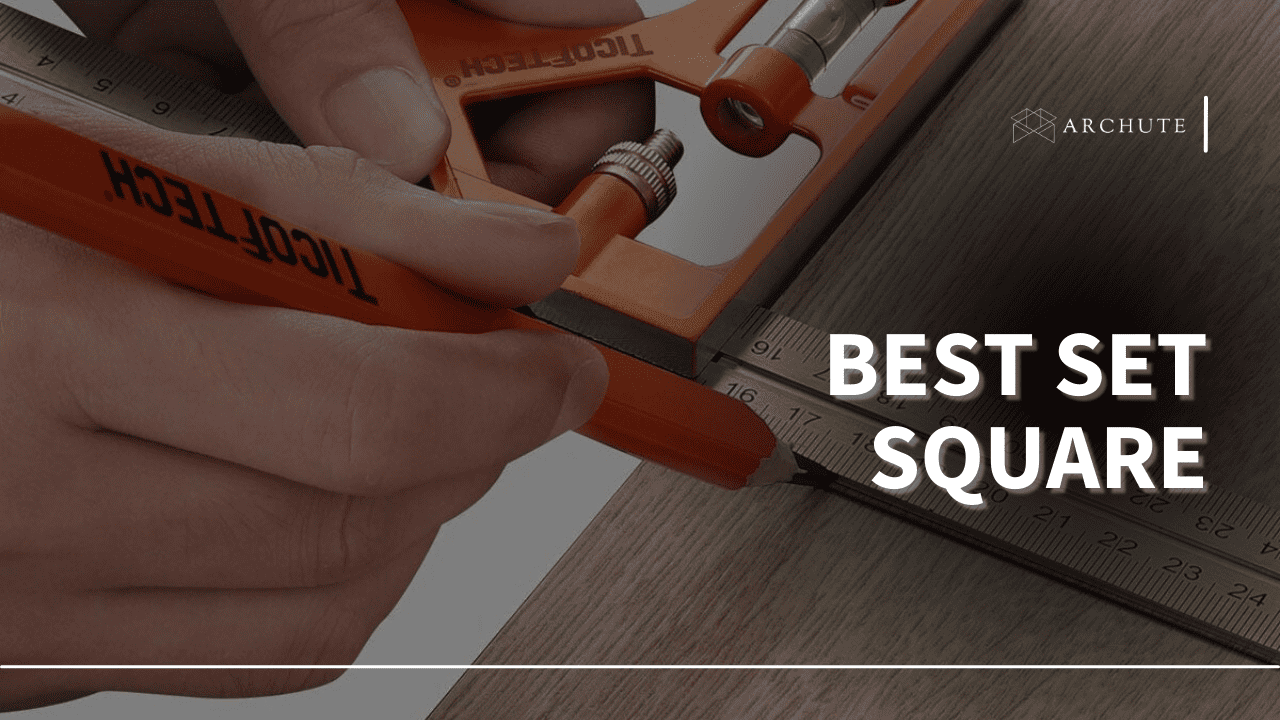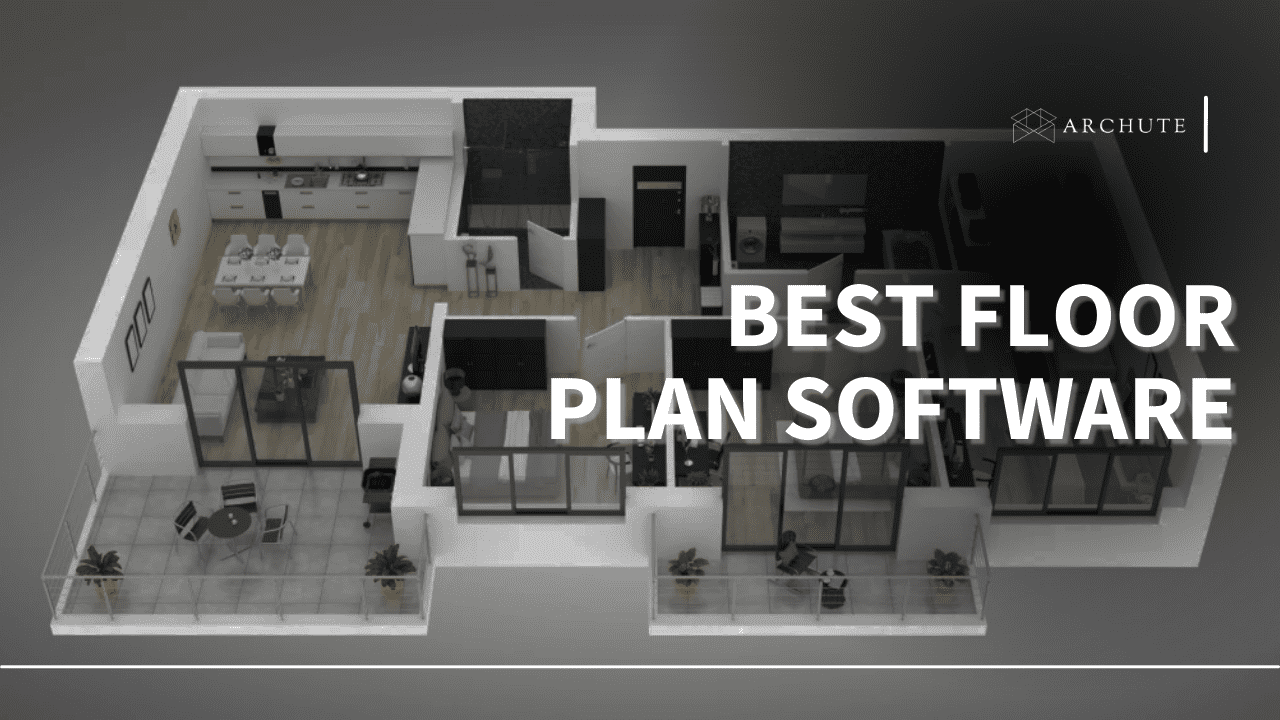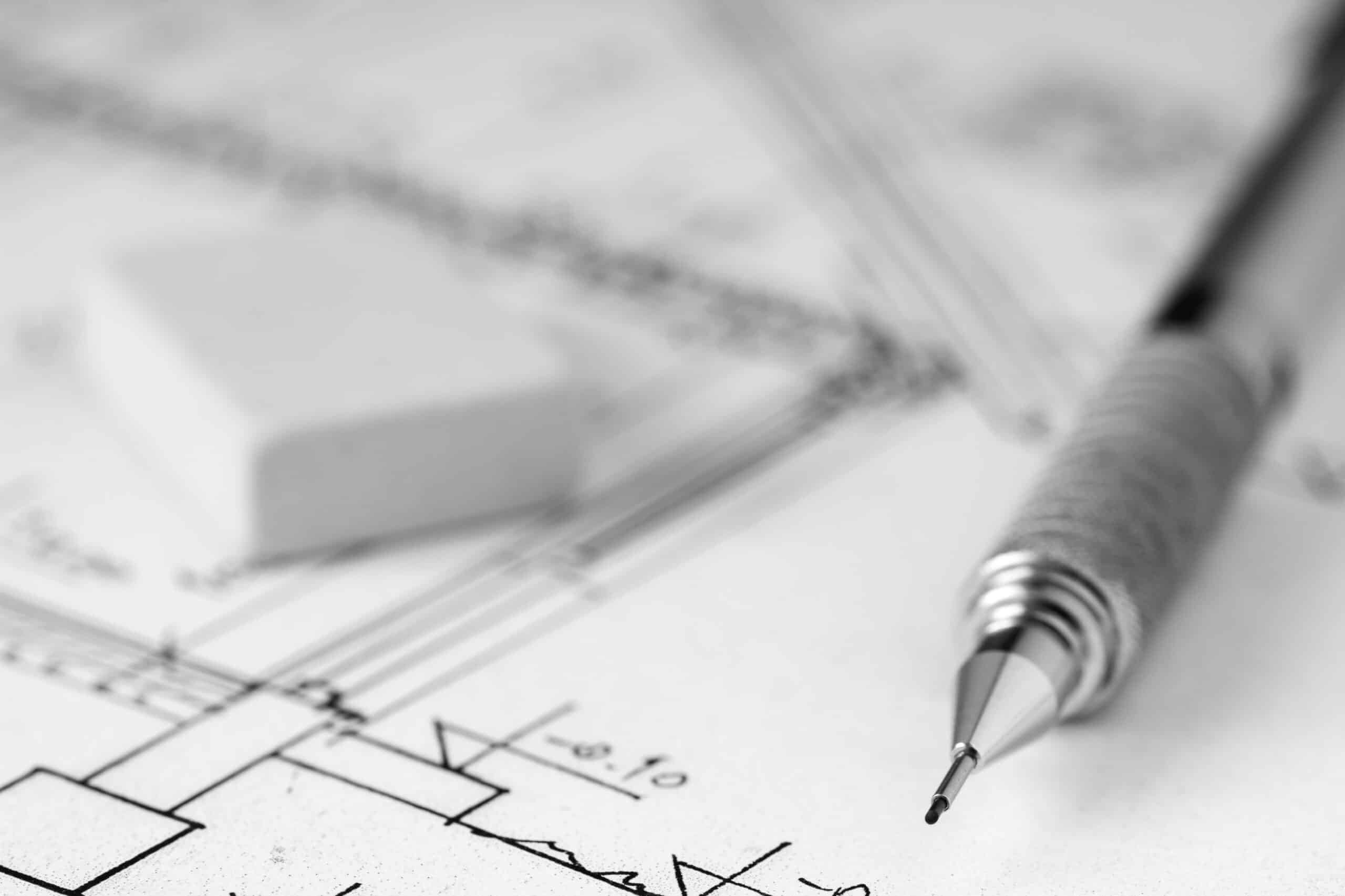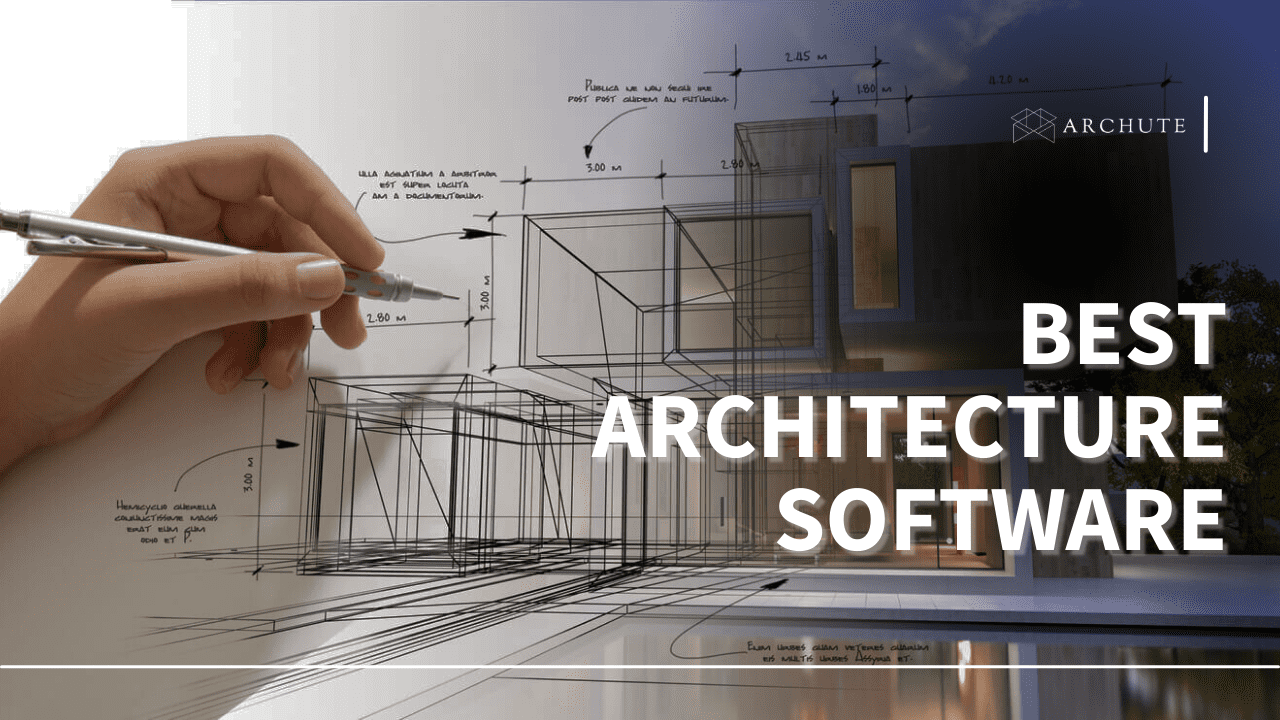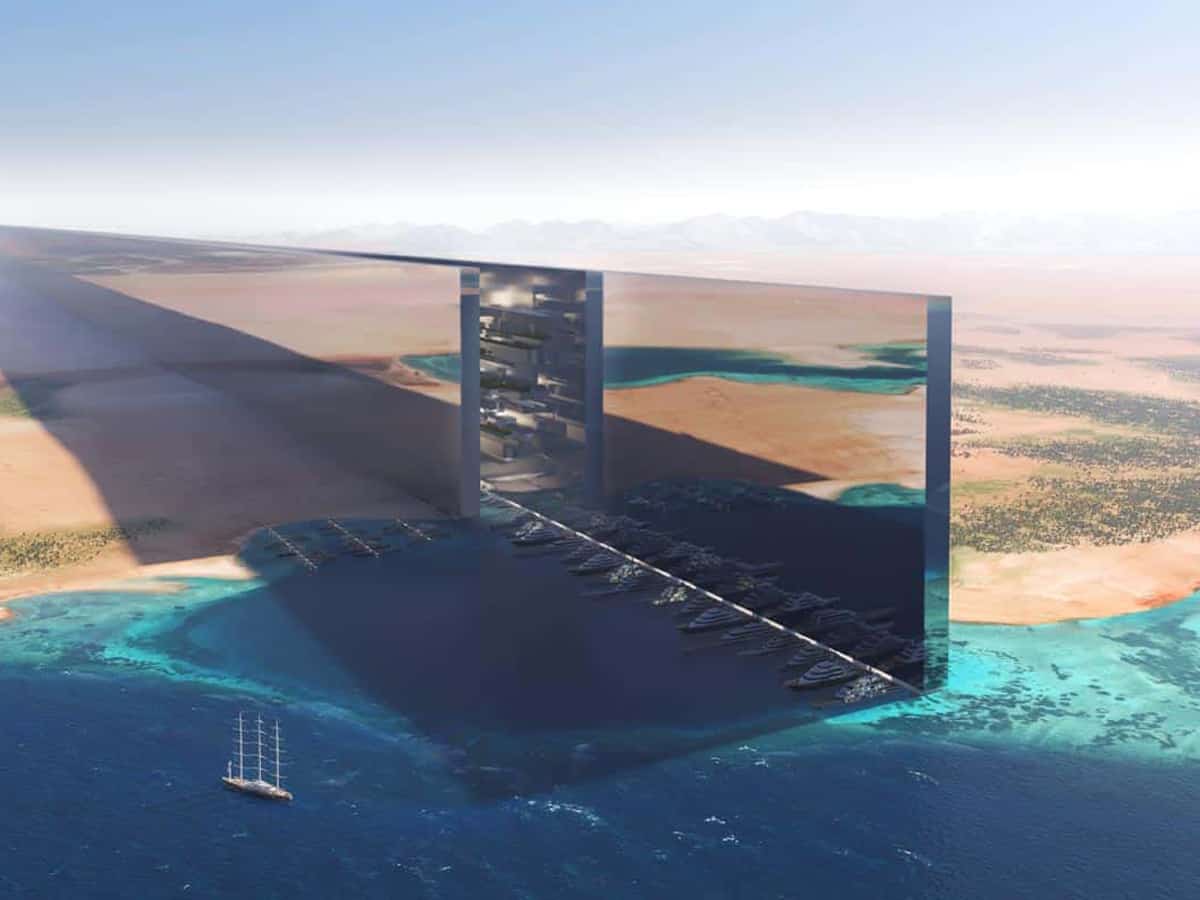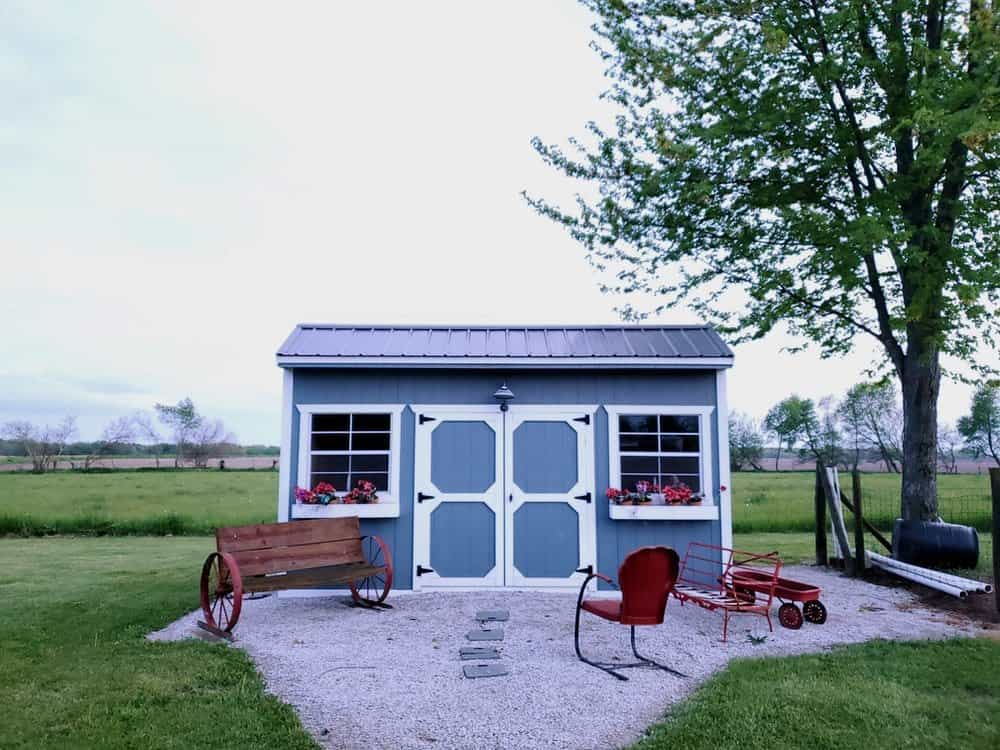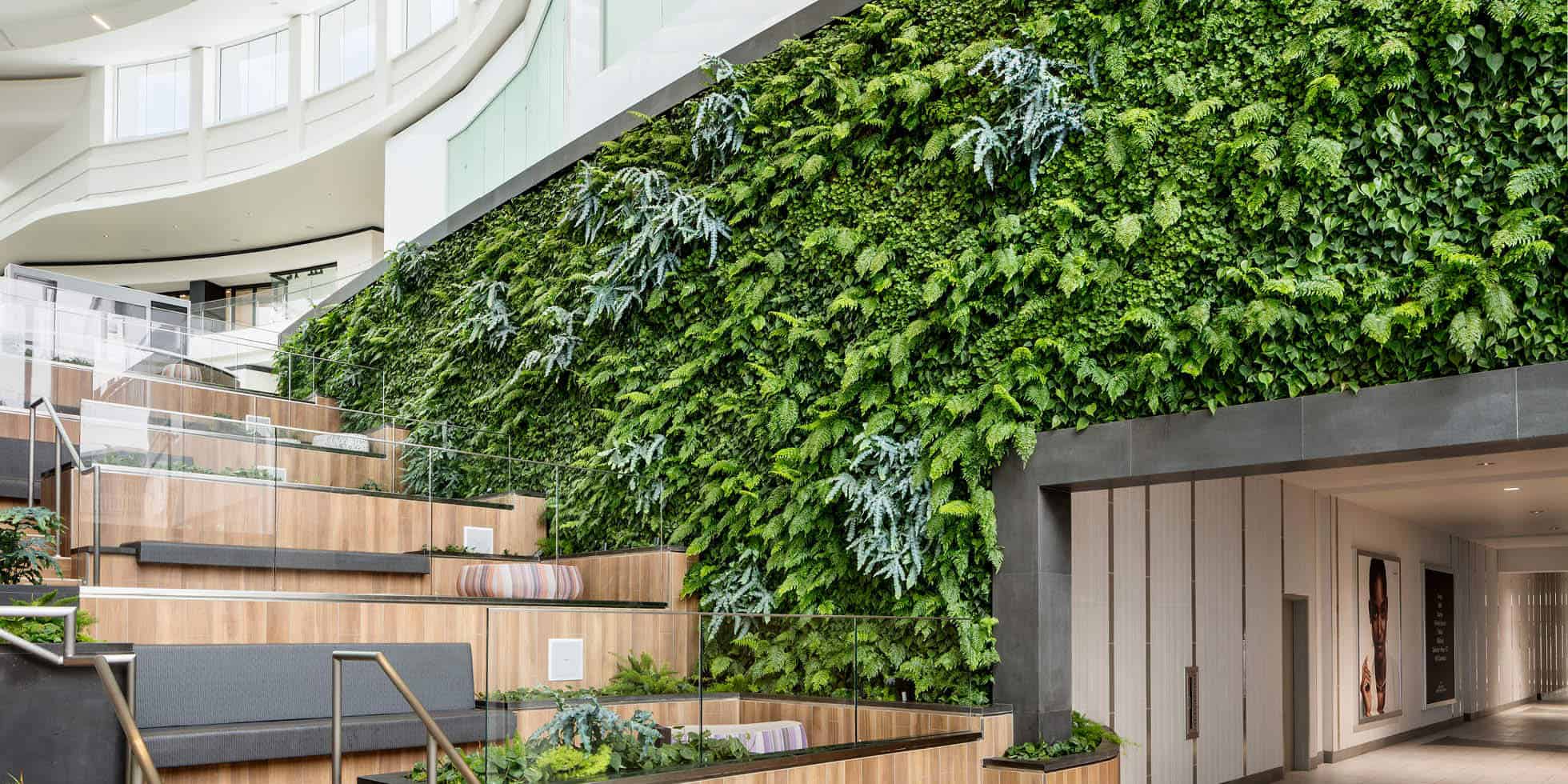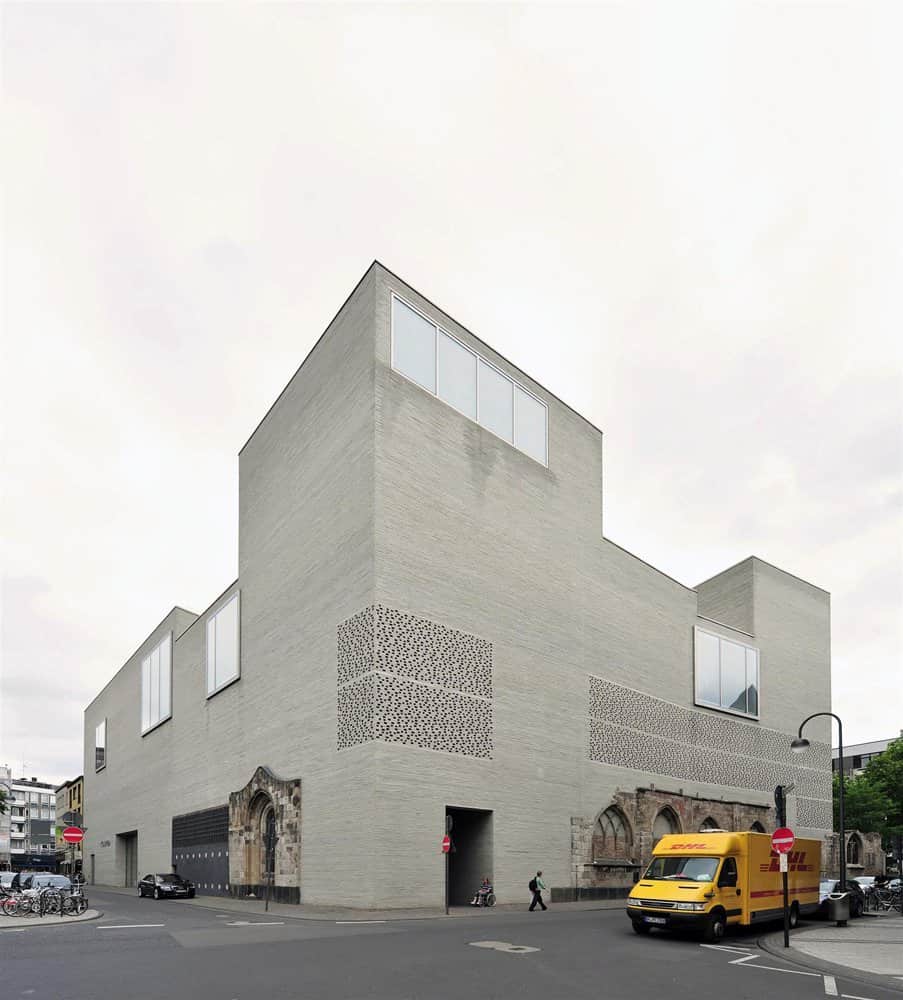I've always had a certain affinity for Porsche, particularly for the Porsche 911. I've noticed something about the Porsche Museum in Stuttgart-Zuffenhausen, Germany, that suggests the company may have dialed back on their audacious, ambitious approach. Porsche, as a racing company, has consistently prioritized elegance, austerity, and impeccable racing technology. However, the museum seems to portray a sense of understatement, a trait rarely seen in a company that historically prides itself on its daring and bold design elements.
Somehow, I'm beginning to think that everything in the world has to show modesty in one area to compensate for when it shows boldness in another. That explains their museum which was completed in 2009 and designed by Delugan Meissl Associated Architects. Where Porsche exudes the daring art in their cars, it compensates for moderation in their architectural solutions.
The conceptual drawing by the architects was intended to follow from Porsche's versatility, and follow it did. The interiors have nothing much going on except for the several display and exhibition methods that have been integrated into the idea that this museum will serve several other functions aside from being just a museum. The sense of drive and speed which is what the visitor knows about Porsche is felt in the spatial organisation and the building's configuration.
The architects used experience and the opportunity to experience as the primary design parameters enabling them to organise the space as an open and clearly defined space oozing Porsche's brand qualities. The shape of the building and the interior give us nothing but contrast. Like the architectural solution and the Porsche brand, the interior of the building and the exterior are total contrasts of each other.
The design houses around 80 chronologically-arranged exhibits of vehicles. The majority of the vehicle exhibits will be routinely replaced from time to time by other historical Porsche autos since they can easily be driven around. Aside from the exhibition area which is approximately 5,600 sqm, the museum will also accommodate the company's production and media archives, together with a 3,000-book library, conference facilities, a shop and a restaurant.
Located on the junction of two major roads in Germany, the building communicates to the passersby that the urban landscape is connected to the company's corporate approach to this architecture solution.
In a way though, if it happened today that we were moving to another planet and had to carry all the buildings with us, the Porsche Museum would have to be wrapped into a newspaper padding before transportation. This building was designed outside first then inside which makes the interiors rather dull, but the variations obviously make up for one another and as you can see in the model, it's a good attempt at defying gravity.
If you're curious to witness culture merge with nature, check out the Palestine Museum By Heneghan Peng.
Project Information
Architects:
Delugan Meissl Associated Architects
Location: Stuttgart-Zuffenhausen, Germany
GFA: 27,692 sqm
Photographers: Brigida González, Hertha Hurnaus, Iwan Baan

